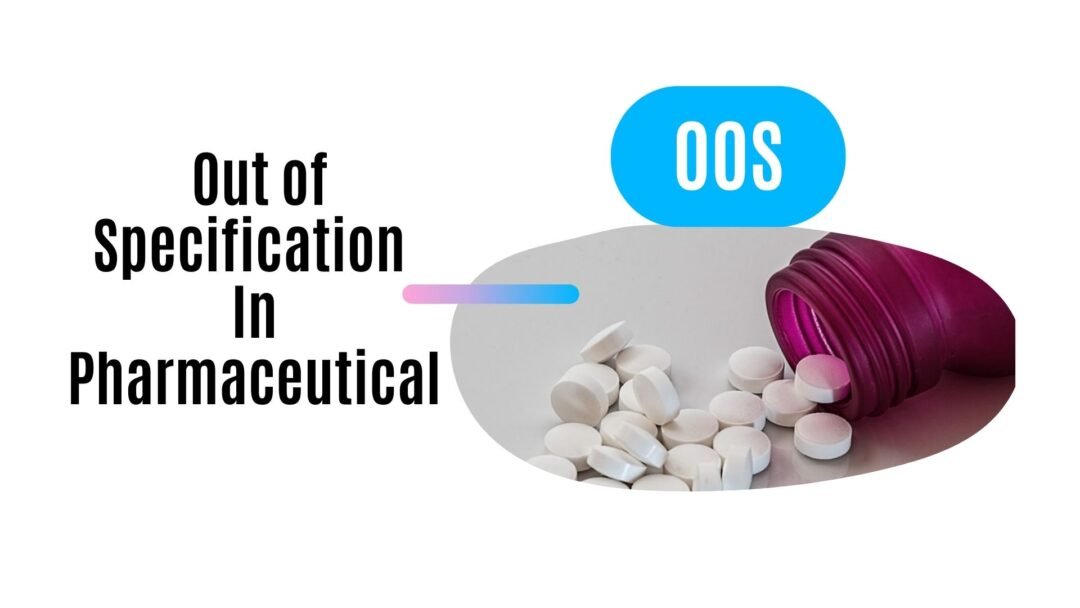Out of Specification Investigation in Pharmaceuticals

Out of Specification (OOS) Investigation in Pharmaceuticals
Definition
OOS results are test results that fall outside the pre-established acceptance criteria defined in specifications, procedures, or regulatory filings.
They can occur in raw materials, in-process materials, or finished products.
Phases of OOS Investigation
1. Phase I – Laboratory Investigation
Purpose: Rule out laboratory errors before moving to manufacturing investigation.
-
Immediate Actions:
-
Stop release of affected batch/material.
-
Inform QA and relevant stakeholders.
-
-
Checks Include:
-
Sample Preparation: Correct sampling, sample integrity, proper homogenization.
-
Instrument Performance: Calibration, system suitability, and maintenance records.
-
Reagents & Standards: Validity, storage, preparation accuracy.
-
Analyst Performance: Training records, adherence to SOPs.
-
Data Review: Raw data, chromatograms, integration, calculations.
-
-
Outcomes:
-
Assignable Laboratory Error Found → Repeat testing with a fresh aliquot of the same sample.
-
No Error Found → Move to Phase II.
-
2. Phase II – Full-Scale Investigation
Purpose: Identify root cause if the lab process is not the source.
-
Checks Include:
-
Review of manufacturing process: batch records, deviations, environmental controls.
-
Review of equipment logs and maintenance.
-
Check for raw material variability.
-
Review of storage, handling, and transportation conditions.
-
3. Hypothesis Testing (Retesting / Resampling)
-
Retesting: Testing a second portion from the original sample.
-
Resampling: Taking a new sample from the same batch under controlled conditions.
-
Must be justified and documented.
-
Not a way to “test into compliance” — original failing data must never be discarded.
4. Conclusion & Documentation
-
Identify root cause (assignable or non-assignable).
-
Classify result:
-
True OOS (manufacturing or material-related issue)
-
Invalid OOS (confirmed lab error)
-
-
Implement CAPA to prevent recurrence.
-
Make batch disposition decision (reject, reprocess, or rework).
Key Principles in OOS Handling
-
Follow 21 CFR 211.192 (USFDA) and MHRA OOS Guidance.
-
Document every step contemporaneously.
-
Maintain data integrity (ALCOA+).
-
QA should oversee and approve the entire process.

